When I first started out on this road of endless expense that is photography I spent many hours musing over the merits of black & white. There is no doubt that sometimes a black & white photograph just looks right, but why? What is it that makes black & white sometimes just work better and more importantly when should you use it. Whilst the title says when to “shoot” black & white nowadays you don't actually need to worry about shooting in black & white. It's more important to shoot RAW, if you do this then the world is your oyster when it comes to post processing, including turning a colour image to b&w.

Shapes, Textures and Lines – If your composition includes lots of well defined shapes and textures then you should consider trying black and white. The lack of colour allows the brain to focus on the shapes and textures more easily making them stand out more.
High Contrast – Have a look at the image below. It is the contrast in this image that makes it work in black & white. Strong blacks and bright highlights really help bring out the detail in a subject and create impact.

Bad Weather – If, like me, you live in the UK your days are spent wondering if you'll ever see the sun again but, if you feel this way don't dispair, grab your camera and go out and shoot some black & white images. The contrast in clouds can make for striking images and the soft diffused light can help you capture the maximum amount of detail.

To Create A Mood – Black & white can bring out starkness in an image. If you're trying to create a sense of isolation for example then try black and white. One thing black & white will never bring to your photo is a sense of joy and happiness, in fact it tends to do just the opposite. This is what makes it so good for many types of street photography especially when the scene is a sad one.

When Colour Just Isn't Working – Picture the scene, you come home bubbling with excitement thinking that you've captured a masterpiece only to get it onto your computer and find it just doesn't look as good as you thought it would. The next thing you do is spend 4 hours trying to process it so it does, telling yourself constantly that the next adjustment will be the one that suddenly transforms it into the scene that you were sure it would be when you spent 2 hours capturing it, convinced that it was the colours that would make it..
If this strikes a chord with you don't worry, it's happened to me more times than I care to mention but I have learned a little trick to help me out of such situations. Nowadays if I can't get an image to work after 10 minutes I try converting it to black & white. It doesn't matter what it is or how much colour it has in it I give it a go in black & white.

You have to admire the folks who were forced to shoot in black and white film (like Ansel Adams) and came away time and again with amazing shots. Remember these guys were seeing everything in colour and they were having to imagine what it would look like in black and white and as I have said, black and white demands different elements in the photograph.
One final piece of advice. Resist the temptation to isolate a bit of colour within a black and white image unless you have a very good reason. It has been done to death and just looks cliched. Everyone can do it on their phone and therefore everyone has done it on their phone.
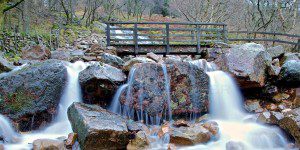

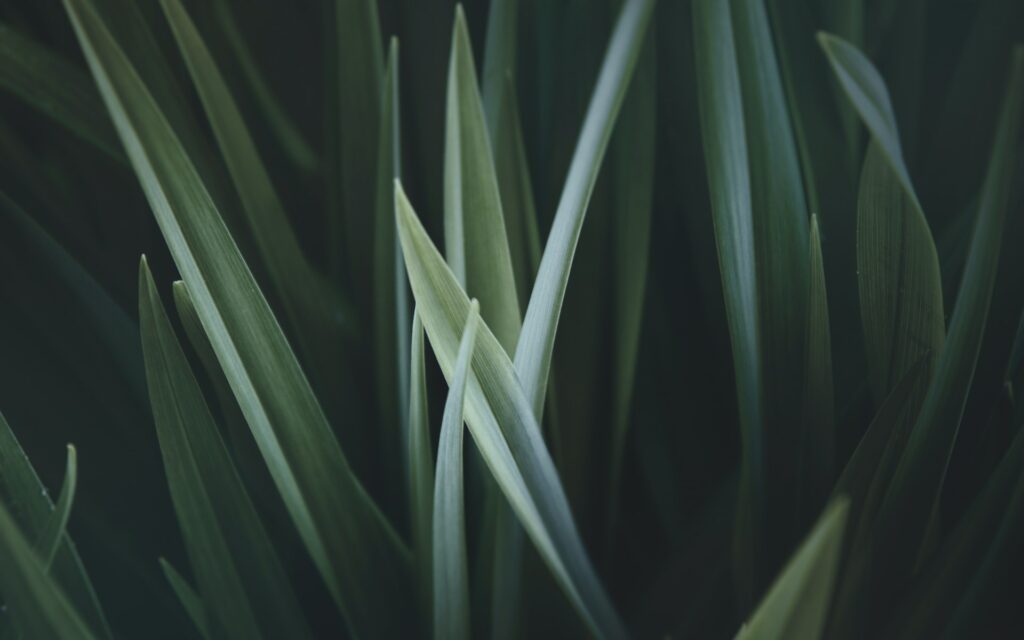
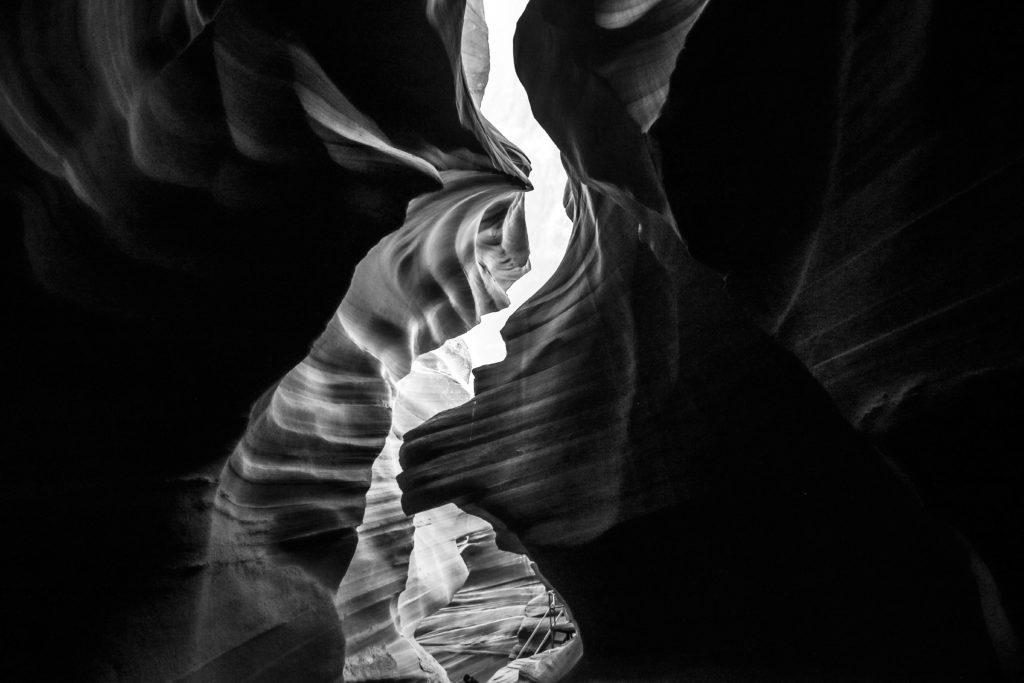
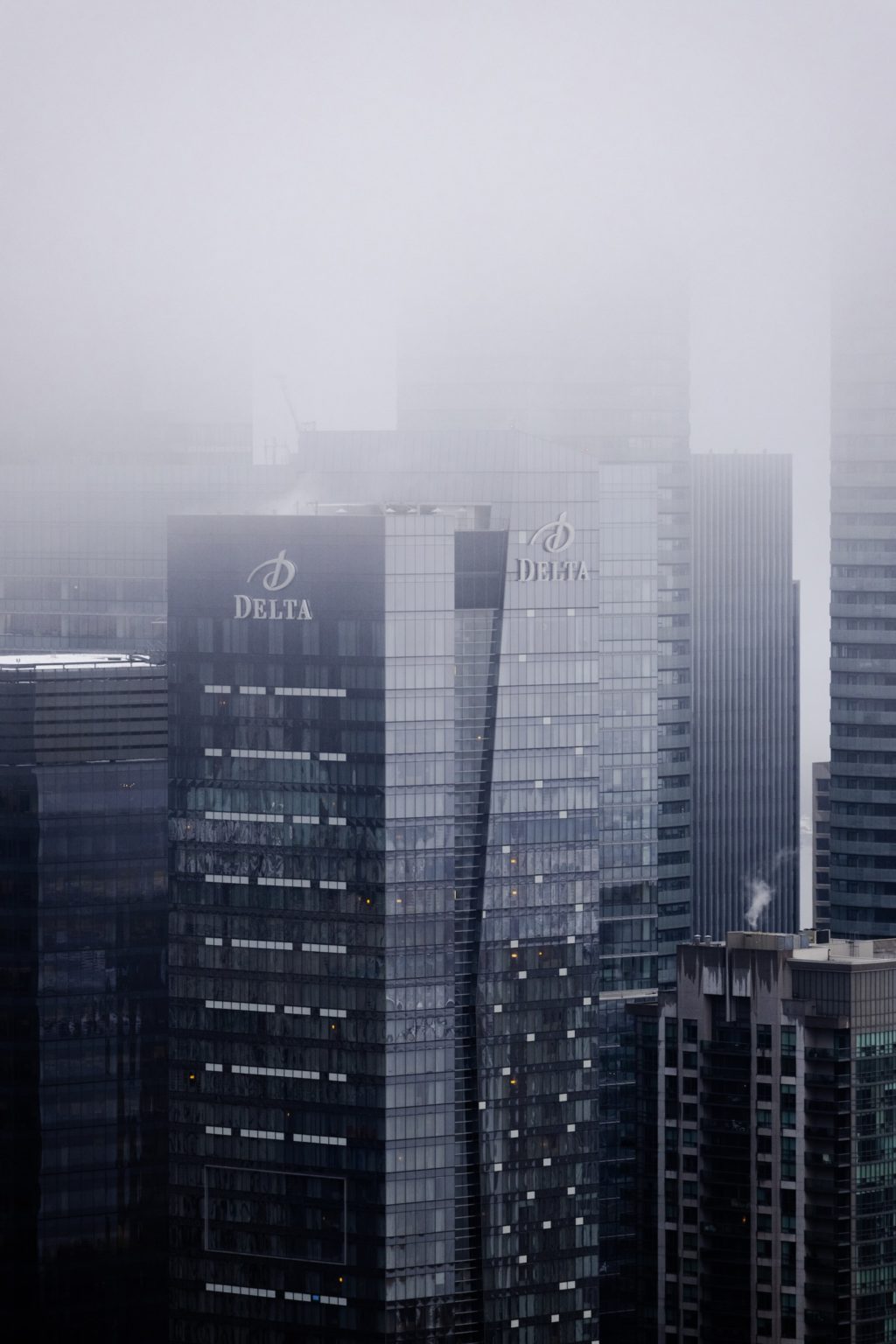
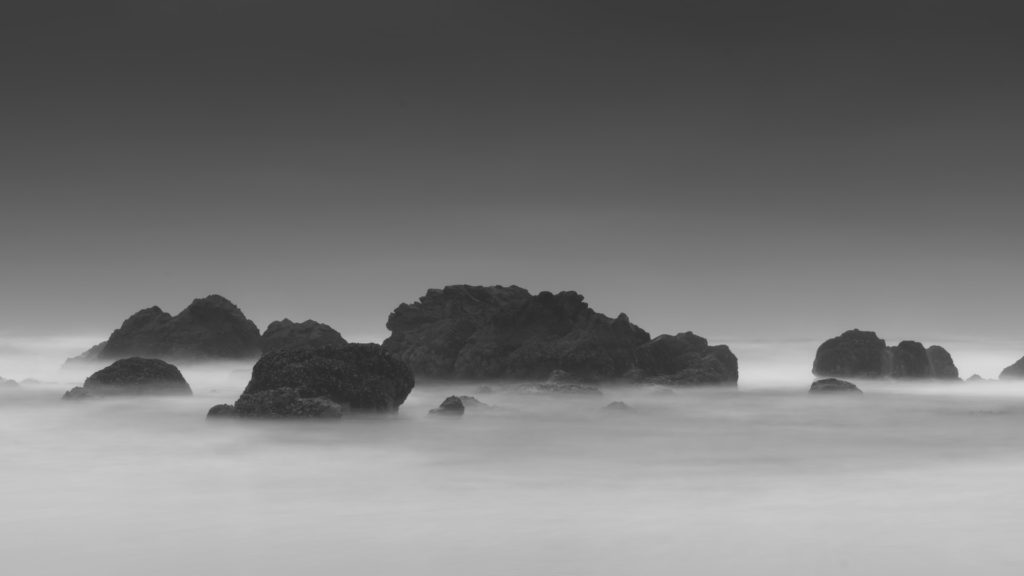
13 Comments
I’d add “When white balance isn’t working” to the “When colour just isn’t working”
I’ve seen quiet a few butt ugly night photos that were bathed in that ugly orange shade of sodium vapour lights that turned into absolute beauty when converted to a black and white photo
Dont forget that while Adams took fantastic shits he also wasnt afraid to edit them either to get the effects he wanted.
Jason, if I were you I’d check my spelling prior to pressing the POST COMMENT button.
Ansel Adams might have taken some fantastic shits, tho I believe he is more well known for his photography.
Now you have me wondering as to what kind of “effects” he’d apply to his hts? :0
Whoops! Didn’t see the previous replies to your comment.
Sorry about that.
Sheesh. That would be shots…not shits. ;). please drop my commentor edit it 😉
Hell no. Comedy like that deserves a place here 😉
I use B&W when the editorial content of the photo is important. Color is sometimes a distraction from the message of the photo.
That is great Jason, I am lol over here.
I enjoyed the good advice except color isolation thing. I don’t like it myself either but that actually makes a lot of ppl very happy. If a technique makes u or happy I think u should do it regardless of what the prevailing opinion is.
I spent thirty years shooting b+w because a) I couldn’t afford colour film and b) I couldn’t control the colour image the way I could with b+w. I never liked any of the colour I did shoot until I went digital.
There’s definitely a knack to seeing in b+w, but you have to practice it. If you want to get an idea how something will look in b+w, an old trick is to look through a red filter. It will eliminate enough colour that you can focus on the shapes.
Of course, in photoshop you can tweak the colours six ways from Sunday so that they will be just the shade of grey you want when you desaturate.
I’ve always thought cloud shots look better in black and white as you are able to see every detail with more clarity.
I don’t do any post processing because I see myself as a ‘recorder’.
I recently started to take some monochrome photos on my Canon 5D mk III because I was intrigued by the Leica M9 Monochrom. I don’t want to own one but I wanted to experiment with taking B&W photos as I got a different feeling taking a B&W photo from the onset rather than optionally doing it in PS3 which I never did.
there is a different type of commitment to taking a B&W photo rather than change a colour one.
There may also be subtle differences but I never saw that.
I also found that night photos taken with my 50mm f/1.2 lens is better in B&W rather than have the camera guess at low level colour.
I just stumbled upon this article while doing a casual search, and I have to say, picturing Adams taking a fantastic shit just about made me bust a gut from laughing so hard. 🙂
L.O.L. 🙂